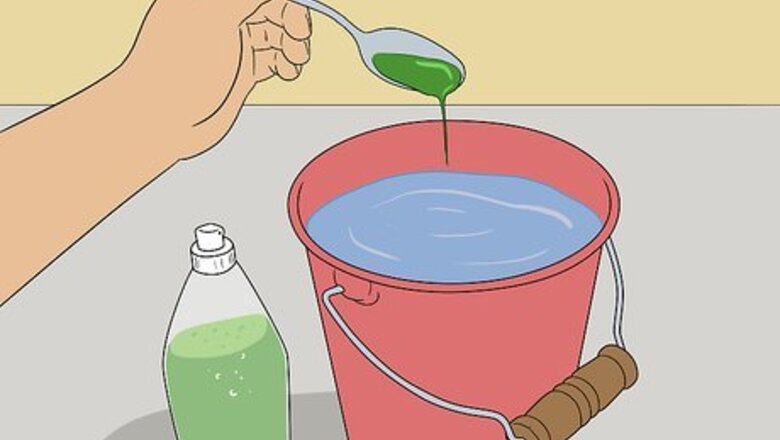
views
Washing the Bike Plastic
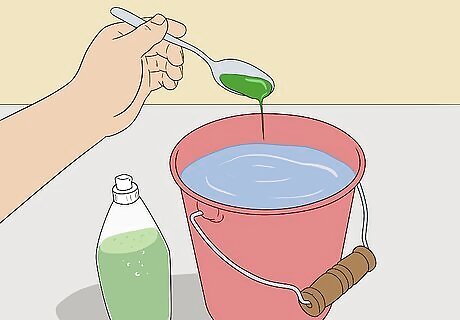
Mix together dish soap and water to make a cleaning solution. Get out a clean bucket and squeeze about 1 tablespoon (15 ml) of liquid dish soap into it. Then, fill the bucket with cold or lukewarm water and swish it around with your hand to dissolve the soap. If you prefer, buy a product designed for cleaning dirt bikes. These are designed to wash metal parts of your bike as well as to lubricate them. If you're just focusing on polishing the plastic, however, you probably don't need a special product.
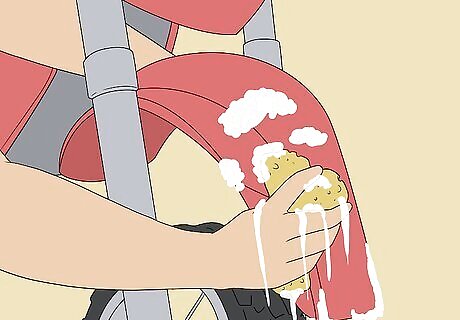
Dip a sponge in the soapy solution and rub it over the plastic. If you don't have a sponge, submerge a soft cloth in the soapy water. Rub the soapy sponge or cloth over the plastic with circular motions to loosen the dirt and grime. Submerge the sponge in the soapy water frequently, so you're not rubbing a dirty sponge across the bike, which can scratch it.

Rinse the plastic with water to remove the soap. Turn on the hose and spray the plastic with clean water to rinse all of the soap off. If you don't have a hose, dump out the bucket and rinse it thoroughly. Then, fill the bucket with water and pour it over the plastic pieces. You can use a pressure washer on the bike, but be careful using it. Avoid spraying the chain since the pressure can trap dirt and water in the chain.

Wash the plastic again if it's really grimy. Look at the surface of the plastic to see if you removed all of the dirt. You might see scratches, but you can sand those out before you polish the plastic. If there's built-on dirt, wash the plastic parts again with soapy water and rinse them. Then, wipe the plastic dry with a soft cloth before you smooth the scratches.
Removing Scratches with Sandpaper
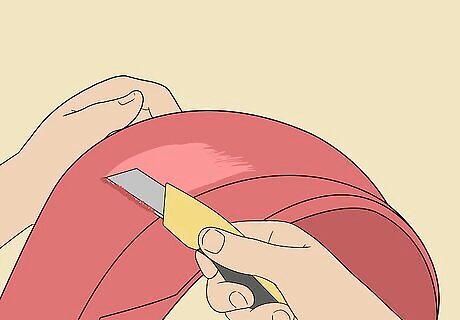
Take a utility blade and scrape it across the top layer of the old plastic. If your bike's plastic is getting old and it's covered with scratches, run the straight edge of a utility blade over it. Keep scraping against the plastic in 1 direction until the plastic looks like its original color. Always be careful when you handle sharp blades. You might find that it's easier to use a blade that is sheathed in a blade holder.
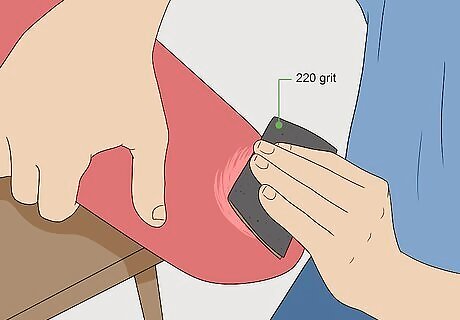
Rub moistened 220-grit sandpaper over the plastic to fade surface scratches. Dip a 220-grit sheet or block of sandpaper in water and rub it over the plastic. Work in a back-and-forth motion and wet the sandpaper down frequently. This helps it wear down the scratches. Keep working with the 220-grit sandpaper until the deepest scratches fade a little. If it's easier to hold, use a sandpaper block instead of sandpaper sheets.

Switch to 320-grit sandpaper and rub it over the plastic. Once you've smoothed out the deepest scratches, change to 320-grit sandpaper and dip it in water. Rub the sandpaper back and forth until the scratches fade even more. Work over the entire surface of the plastic so it's even. Dip the sandpaper in water frequently so it creates a smooth finish.
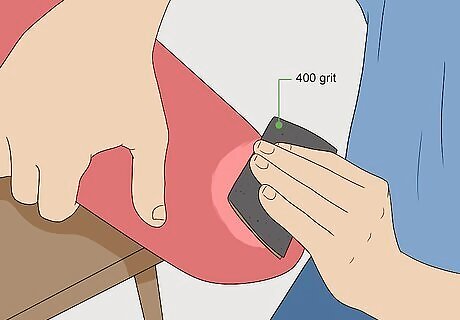
Sand the plastic with moistened 400-grit sandpaper to polish the plastic. Dip fine sandpaper in water and run the sandpaper evenly over the plastic. Although 400-grit sandpaper won't smooth out scratches, it polishes the plastic to give your bike a shine. Feel free to use an even finer sandpaper if that's what you have on hand. Try polishing the plastic with 800 or 1000-grit sandpaper, for instance.
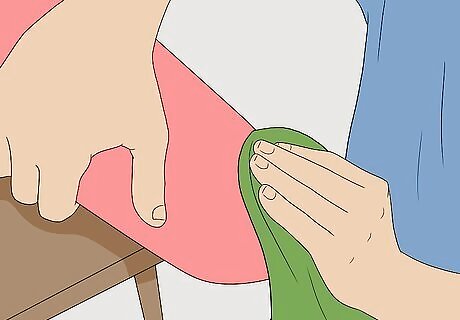
Wipe a soft cloth over the plastic to dry it and remove grit. Take a soft cloth like microfiber and wipe it over the fabric to dry the plastic and remove debris from the sanding process. It's important to use a really soft, clean cloth so you don't accidentally scratch the plastic you just repaired.
Buffing the Plastic
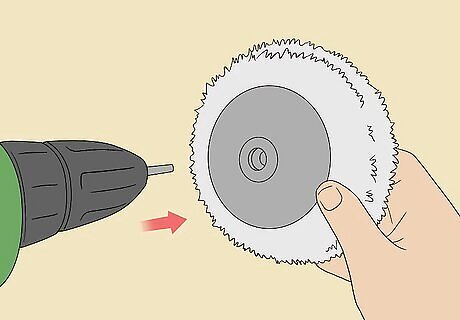
Attach a 4 in (10 cm) buffing wheel to a power drill. Buy a new buffing wheel so you know that it doesn't have compound, degreaser, or dirt from a previous project in the material. Push it onto the drill until it's secure. Use a high-powdered drill so it rotates quickly and buffs the plastic to a high polish.
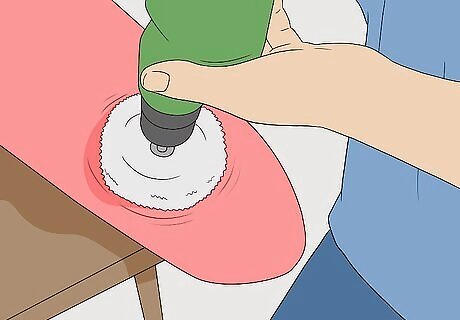
Turn the drill on and hold the wheel at an angle against the plastic. Tilt the buffing wheel so just the edge of it touches the plastic. Press it gently as it spins and move the wheel back and forth across the surface of the plastic. Wear eye protection and use caution when you work with the power drill. Avoid holding the buffing wheel in 1 spot for too long because it can heat up and melt the plastic.
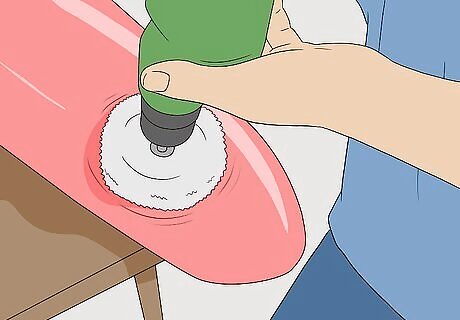
Press the buffing wheel over the surface of the plastic until it's shiny. Work the buffing wheel over each part of your bike's plastic. Stop every once in a while and look for dull areas of plastic that you might have missed. Switch to a smaller buffing wheel to polish curved or hard-to-reach areas.
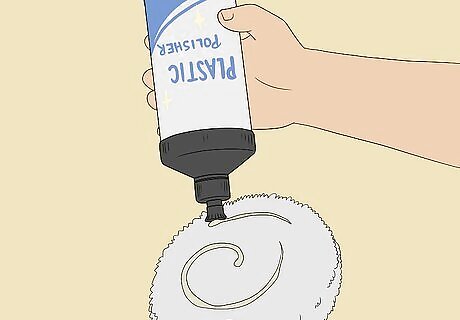
Add polishing compound to the buffing wheel for extra shine. Although your bike is polished, you'll have to repeat this every few months since the plastic will become dull over time. To extend the life of the shine, dip the buffing wheel in plastic polishing compound and buff it onto the polished plastic. The polishing compound gives the plastic a little extra shine and can provide a layer of protection.











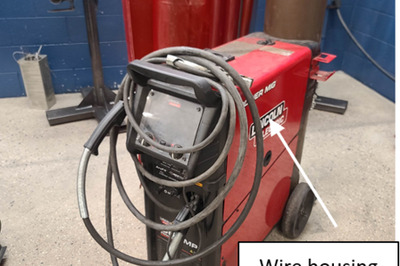







Comments
0 comment